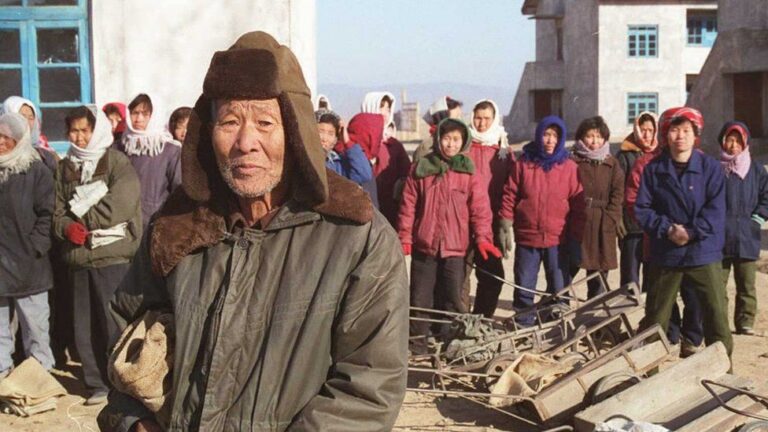
Songbun is a word that means «origin or ingredient» in Korean and is part of the expression chulsin songbun or «family origin». It determines every aspect of a North Korean’s life: from his/her place of birth and the regions he/she can visit, to access to food and medicines, to study opportunities, or to the job assigned to him/her by the state.
In the first half of the twentieth century, Korea was a country under Japanese colonial rule, heir to a Confucian feudal society (which gave extreme importance to hierarchies) with four tribes that could be broadly defined as nobles, skilled technicians, flat people, and parishes.
After World War II, the peninsula passed from Japanese colonial rule to a division between the communist North, influenced by the Soviet Union of Josef Stalin, and the capitalist South, intervened by the United States.
In his own way, Kim Il-sung revived and adapted to communism the Confucian caste system of the former Joseon, as Korea was known between the 14th and late 19th centuries, and the same name by which the North Korean regime officially calls itself to this day (the Joseon People’s Democratic Republic).
It was in the 1960s when, according to experts, the North Korean government completed the comprehensive records that classify each citizen in their respective place according to their family history.
Loyals or haeksim
North Koreans of the upper “caste” are classified as haekim which means “core” and are considered to be trustworthy citizens and loyal to the Kim. They are descendants of those who fought against Japanese colonization and then against the South in the Korean War, members or authorities of the single party and families of working or peasant origin with an untouchable history of loyalty over decades.
They enjoy the greatest privileges in North Korean society: they live in the most developed municipalities, study at universities, are assigned the best jobs and are treated in major hospitals.
Choktae: the “enemy”
Their blood is considered to be “contaminated” by being descendants of landowners, merchants, Christians or collaborators of the Japanese Empire during the occupation or of the South during the Korean War. That is, the traditional enemies of the North Korean communist regime.
These people, who are often compared to the “untouchable” in India’s caste system, face systematic discrimination, live in remote places where access to food and electricity is limited, lack educational opportunities and do the hardest work. Children of this caste go to school in the morning, mainly for ideological adoctrination, but then use them to work in the countryside and in the mines. They usually have a short life and are subject to almost constant supervision by the authorities.
Intermediates or dongyo
These are families not considered hostile but whose family history is not completely clean and their loyalty to the regime is seen as ambiguous or questionable. Their opportunities are limited, but within this group there are sub-classifications. For example, a dongyo with a history without too many stains could live near Pyongyang, enter a second-class university, or occupy administrative or intermediate jobs.
This would be inconceivable for another of their own “caste” classified at the bottom near the limit of “hostility”.
Most experts estimate that dongyo are the most numerous, accounting for approximately 40% of the population, while haeksim and choktae would be around 30% in each case.
Finally, this method allows the regime to put an end to individualism and prevents the slightest degree of dissent by controlling the freedoms and access to public services and social rights of citizens.
